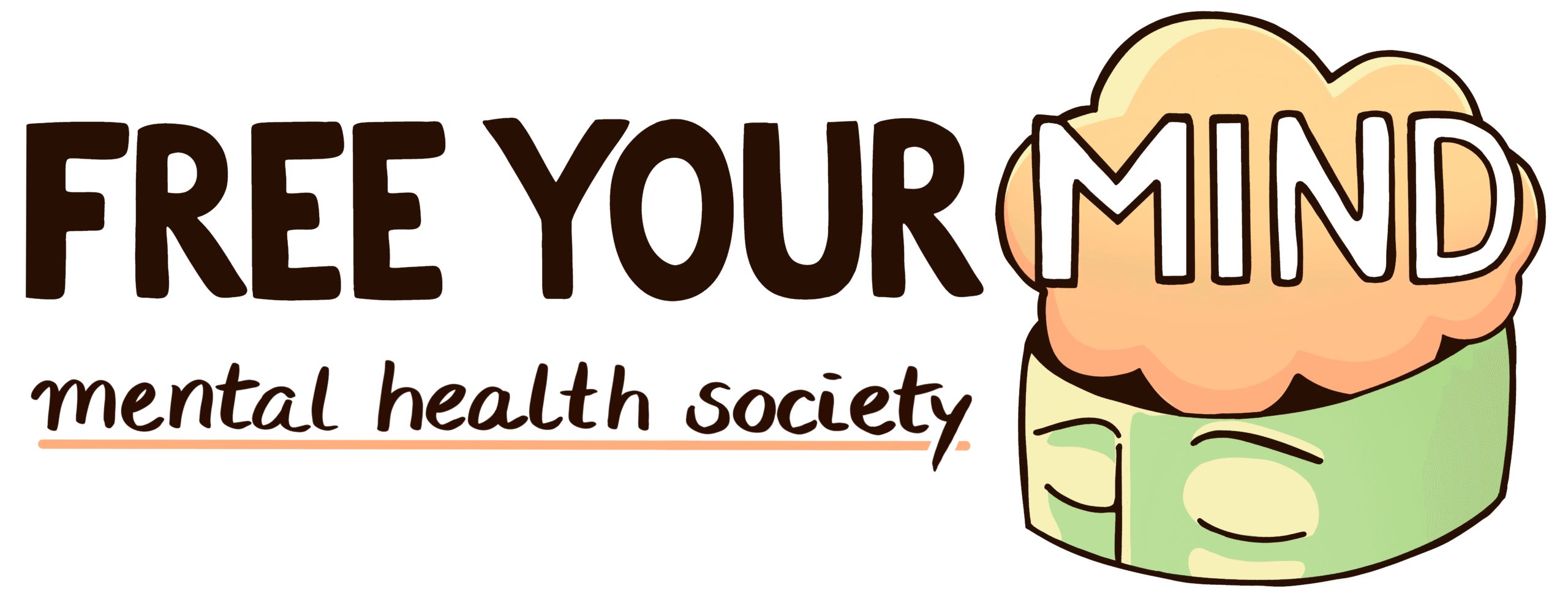Colouring isn’t just for children! It can be a form of art therapy which has been around for quite some time now and has found its roots within humanistic, psychodynamic, and cognitive psychology (Van Lith, 2016). To provide a better understanding of what art therapy is, I highly recommend checking out the short video attached below because it is by an art therapist, Katherine Winlaw.
To briefly summarize Katherine’s discussion, she provided an understanding of how art therapy is individualized and can support clients in exploring their thoughts and mental processes. As she also highlighted, the client’s end product is not meant to be judged by the clinician and the client doesn’t need to have a background in art to be successful in it (UQ Faculty of Medicine, 2020).
I wanted to highlight colouring specifically, since I came across many interesting articles about its benefits. Also, as a university student, you’re often encouraged to find self-care strategies that work for you and in the past, I’ve tried colouring a few times and I loved how soothing the process was every single time.
While doing my research for this blog, I found this article by Palmer-Cooper et al. (2024) interesting. In the study, the researchers wanted to discover if mindful colouring could alleviate psychological distress and improve student’s well-being. Colouring was categorized as a mindful practice because it compels the person to regulate their attention and be grounded in the moment. In previous research, colouring was proven to be a helpful distraction that reduced rumination and negative thinking in people struggling with anxiety and depression — which is why the researchers anticipated seeing similar results with 140 university students (ages 18-26). The experiment included longitudinal data, and participants were asked to include colouring for ten minutes, at least thrice a week for two weeks into their routine. Participants also completed a variety of self-reported measures throughout the design for collecting data on students’ well-being, stress, anxiety, and mindfulness (even before the introduction of the colouring). Researchers found that not only did colouring improve students’ mental health and lower their stress levels, but it also did not make a difference if the participant expressed having creative hobbies or abilities before the intervention. The impact was all the same, and everyone colouring on a regular basis reaped the benefits!
Now you might be wondering, do I receive the benefits when I colour on paper with markers and pencil crayons, or can I use an app on my iPad? Mantzios et al. (2019) examined this concern with 2 experimental designs and 100 participants. Long story short, they discovered that colouring on an app reduced feelings of anxiety and stress, however, they didn’t report significant levels of mindfulness (the researchers conceptualized feeling mindful as feeling present in the moment and engaged with the task); these people reported feeling less calm and connected compared to the people using physical supplies like paper and markers. So whether it is colouring on an app or paper, there are more benefits found in doing the practice, but if you had to pick, go with the one that allows you to feel less stressed and present in the moment (which is the latter).
With the articles provided in this blog, I can safely agree with art therapists, like Katherine, that colouring is for everyone, not just children. Yes, old-fashioned paper and pen might be more beneficial than using an app, but practicing it in one form or another is better than not doing it at all. I recommend that everyone pick what they prefer in this sense. It should be noted though, that while art therapy has been widely accepted by clinicians and can qualify as an evidence-based practice (EBP), it is not without its quirks. According to Van Lith (2016), after analyzing the existing literature from 1994 and 2014, they found some mismatch between clinician’s perceived success versus the actual success of the practice which required more research. There were some more critiques listed in the article, but I like to see it from the perspective of a glass-half-full. Research is never-ending and we’ve come a long way in the field of helping others and will continue to do so. In the meantime though, I’ll be colouring my stress away.
References
Mantzios, M., Hussain, H., Hussain, A., Egan, H., & Scanlon, P. (2019). Adult colouring: the effect of app-based vs pen-and-paper colouring on mindfulness and anxiety. Health Psychology Report, 7(4), 1–10. https://doi.org/10.5114/hpr.2019.87312
Palmer-Cooper, E. C., Seneviratne, R., & Woodford, E. (2024). Can self-guided colouring improve university student wellbeing, mental health, and mindfulness? Arts & Health: An International Journal for Research, Policy and Practice, 1–14. https://doi.org/10.1080/17533015.2024.2419921
UQ Faculty of Medicine. (2020, June 30). What is Art Therapy? [Video]. YouTube. https://youtu.be/4BZynyGzyow
Van Lith, T. (2016). Art therapy in mental health: A systematic review of approaches and practices. The Arts in Psychotherapy, 47, 9-22. https://doi.org/10.1016/j.aip.2015.09.003
Image courtesy of Pexels.com
Note: The Free Your Mind Mental Health Society is an independent youth-led organization. The contents of this blog are not intended to be a substitute for professional medical advice, diagnosis, or treatment. Always seek the advice of your physician or another qualified health provider with any questions you may have regarding a medical condition. In the event of a medical emergency, please call your doctor or 911 or other local emergency numbers immediately.

